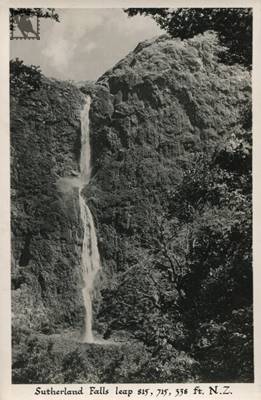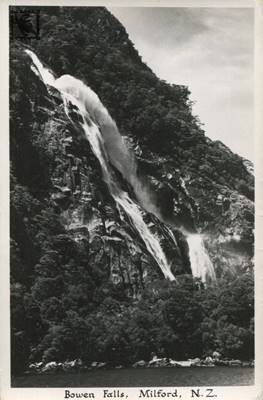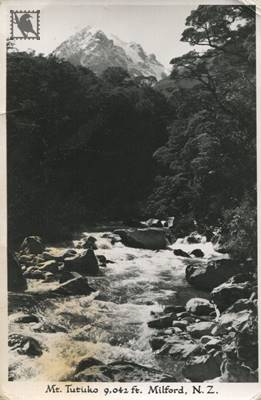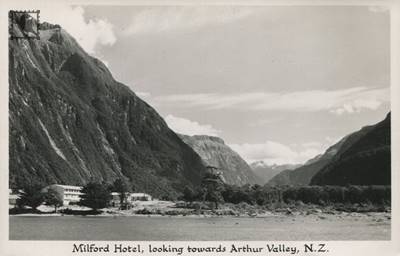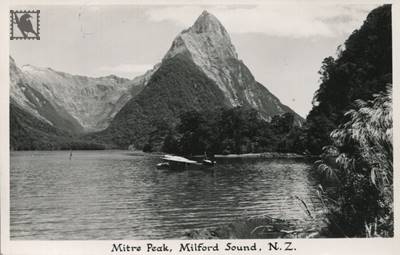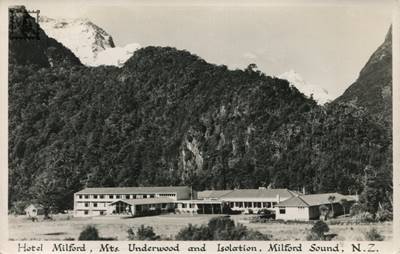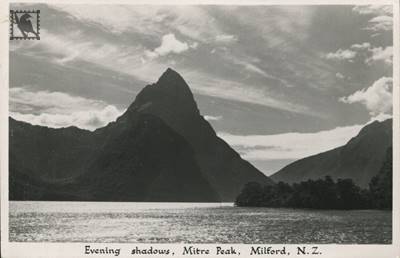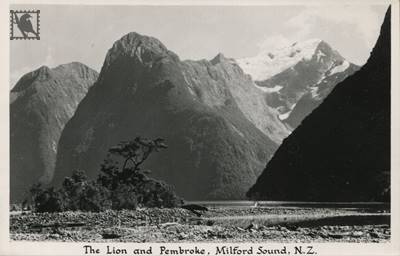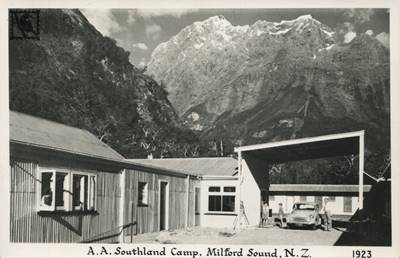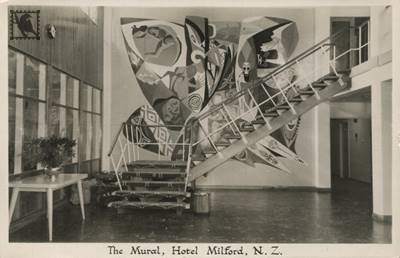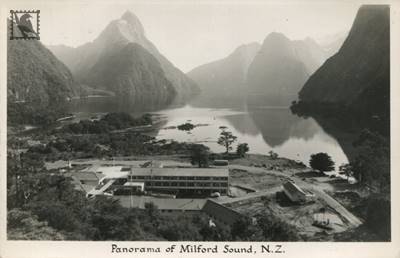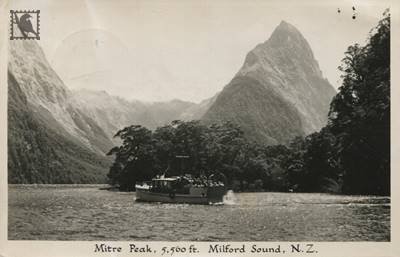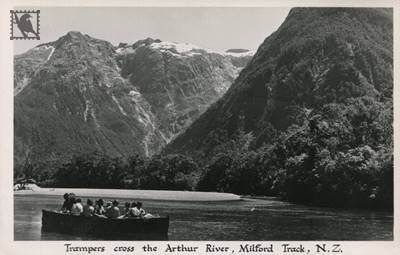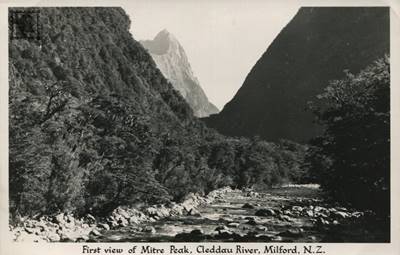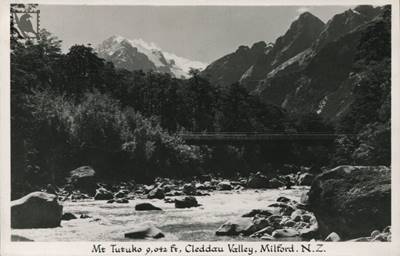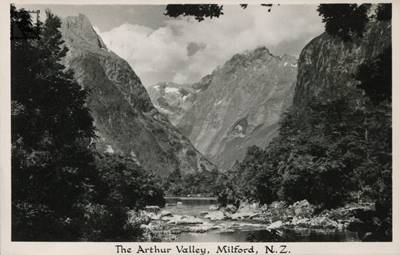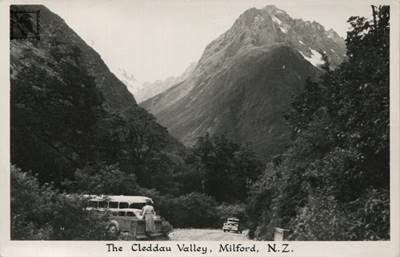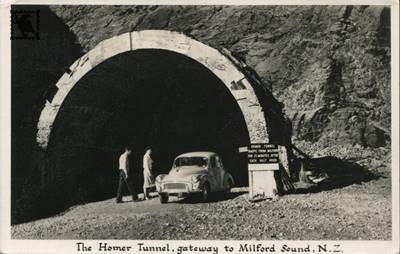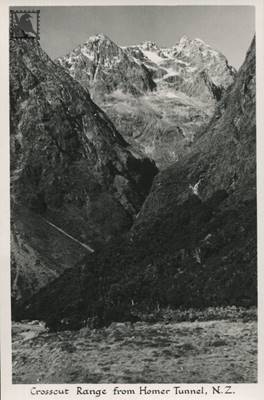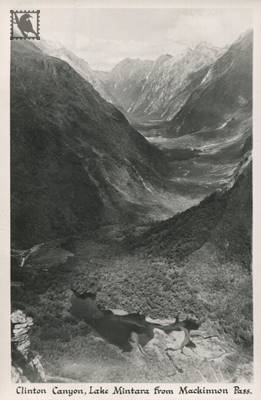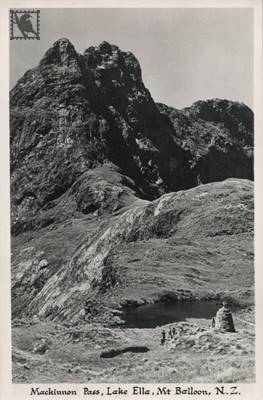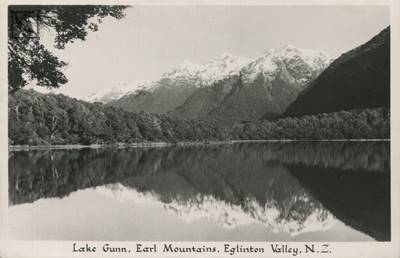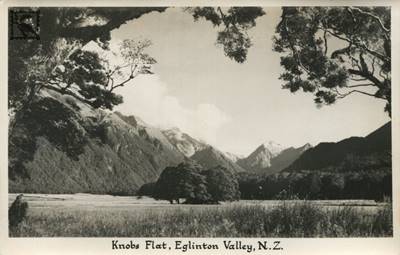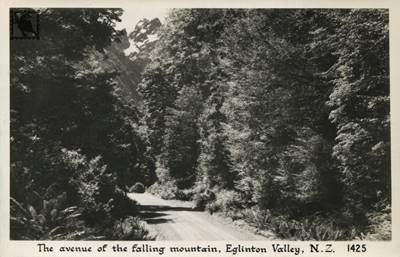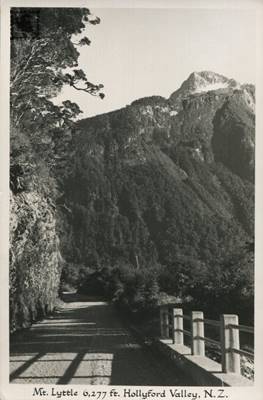Southland is mainland New Zealand’s southernmost region, lying between 44.6° and 46.7° latitude south. It forms a giant triangle, two sides being the South Island’s southern and south-western coasts, and the third extending across-country from Awarua Point in the west to near Waikawa Harbour in the south.
Southland covers 32,612 square kilometres. Stewart Island, which lies 20 kilometres off the southern coast, accounts for a further 1,735 square kilometres. It is within the Southland regional council area, but is covered in a separate entry.
Southland became a province in 1861, when it separated from Otago province. It was so named despite the wishes of many locals, both European and Māori, who knew the region as Murihiku – Māori for ‘last joint of the tail’.
In the 2013 census, a high proportion of Southlanders (89.0%) identified themselves as Europeans, compared with 74.0% for the rest of the country. 13.0% identified as Māori, compared with 14.9% in New Zealand as a whole. 2.1% identified as Pacific, 3.2% as Asian and 0.4% as Middle Eastern, Latin American or African. (Census respondents are allowed to claim multiple ethnicities.)
There has been little immigration since the 19th century. New Zealand-born people made up 89.8% of the Southland population in 2013, compared with 74.8% for the country as a whole. Half the region’s population lives in Invercargill city, and Gore is the largest town. Other towns include Mataura, Bluff, Winton, Riverton and Te Anau.
https://teara.govt.nz/en/southland-region/page-1
